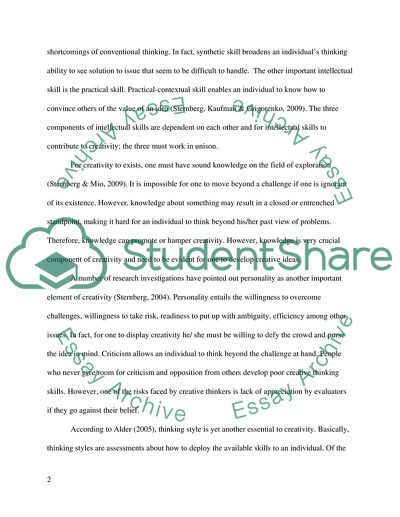Cite this document
(“Introduction to Creativity Essay Example | Topics and Well Written Essays - 1250 words”, n.d.)
Retrieved from https://studentshare.org/social-science/1647039-introduction-to-creativity
Retrieved from https://studentshare.org/social-science/1647039-introduction-to-creativity
(Introduction to Creativity Essay Example | Topics and Well Written Essays - 1250 Words)
https://studentshare.org/social-science/1647039-introduction-to-creativity.
https://studentshare.org/social-science/1647039-introduction-to-creativity.
“Introduction to Creativity Essay Example | Topics and Well Written Essays - 1250 Words”, n.d. https://studentshare.org/social-science/1647039-introduction-to-creativity.


